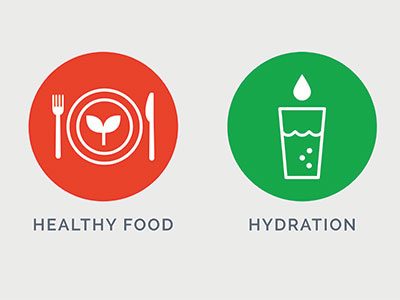For a child, receiving an allowance can be an important part of growing up and learning how to manage money and saving. Before an allowance is given, it is important to decide as a family what the purpose of the allowance is, and what lessons it will teach. There is no wrong or right way, and all families have different ways of structuring an allowance.
Allowance can be useful for all ages starting at around age 5, but clearly the amounts may vary by age as well as the intended use of the allowance and the values that the family is trying to promote.
Work done or part of the team?
Some families provide allowance for specific work or chores completed, like a paycheck for a job. For example, you can give your children $1 for cleaning their rooms or performing a similar task. This method fosters the understanding that engaging in work can be rewarding and shows that a child’s efforts are valued. It also shows that you must work to get money, and this can be an important lesson that parents want to foster in their kids.
On the other hand, some families choose to give a set allowance regardless of chores, with the purpose of helping a child manage money. The allowance is for being part of the family team that collectively does chores, not necessarily a child doing a specific task.
Some families like to do a combination where the child will earn a standard small amount every week or month and can supplement with additional chores.
Managed money or independent?
Once a child receives an allowance, the next step is whether parents direct how the child uses the allowance or whether it is solely up to them. This may depend on the age of the child. For example, you may request that a certain amount is saved, donated or free to be spent as your child desires. This can be useful if you want to teach your child the value of saving or used for charity.
For other families, independence in money management is highly valued so kids can learn through natural consequences the value of saving or the risks of spending all money in one place.
Some families use allowance for the child to buy some or all their necessities themselves, such as toiletries or school supplies. This teaches children that all the things they may otherwise take for granted come at a price and provides natural lessons about bargain hunting, keeping track of their belongings and planning for needs.
So, what allowance is right for your family?
Think about the lessons you want your child to learn and pick an allowance structure that supports that. This doesn’t need to be the only way you ever do things — you can renegotiate as your child ages and base it on needs. It is worthwhile to plan allowance thoughtfully and with everyone on the same page as it provides a unique opportunity to provide your child with valuable life lessons!
 https://riseandshine.childrensnational.org/wp-content/uploads/2025/05/child-having-tantrum-feature.jpg
300
400
webteam
https://riseandshine.childrensnational.org/wp-content/uploads/2017/11/childrens_riseandshine_logo.jpg
webteam2025-05-07 15:54:412025-05-07 16:19:29Helping autistic children manage big feelings
https://riseandshine.childrensnational.org/wp-content/uploads/2025/05/child-having-tantrum-feature.jpg
300
400
webteam
https://riseandshine.childrensnational.org/wp-content/uploads/2017/11/childrens_riseandshine_logo.jpg
webteam2025-05-07 15:54:412025-05-07 16:19:29Helping autistic children manage big feelings





















Leave a Comment
Want to join the discussion?Feel free to contribute!